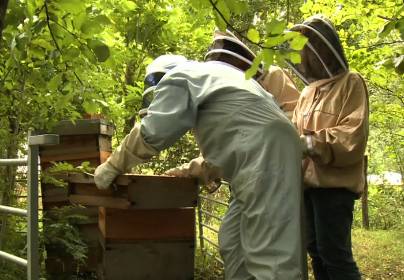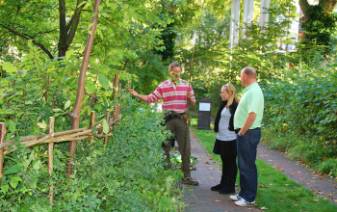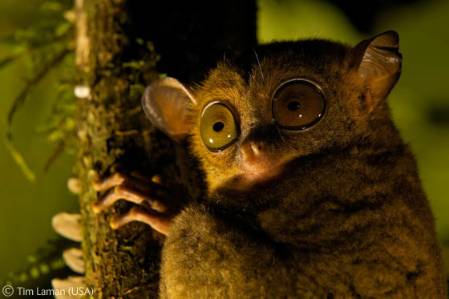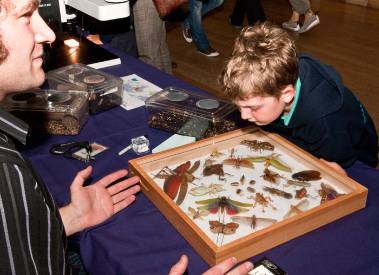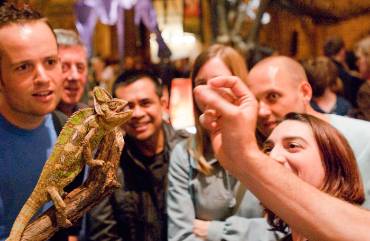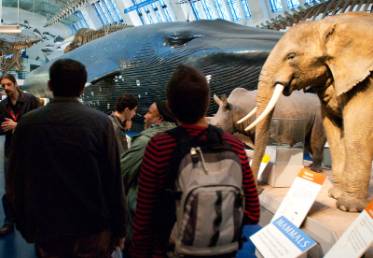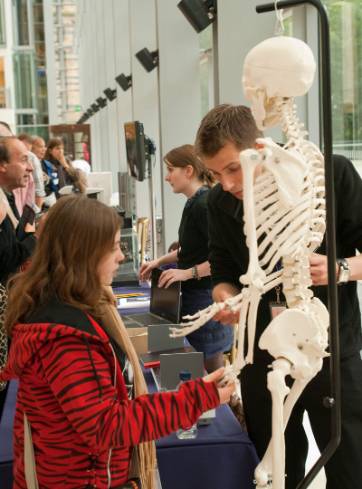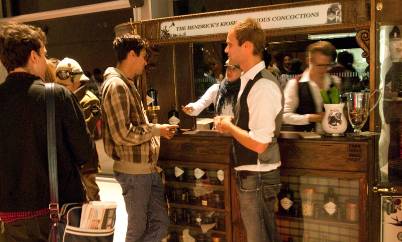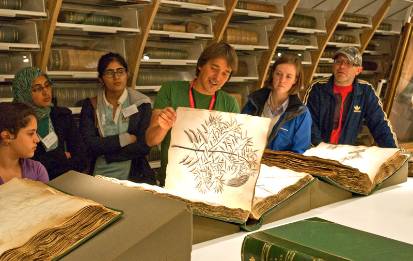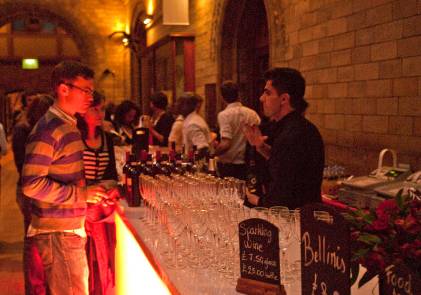Ever heard the squeal of the Death's-head hawkmoth? As a Halloween treat, you can now.
Acherontia atropos, Death's-head hawkmoth in action
The Death's-head hawkmoth has one of the most devilish reputations of any insect, says moth expert Ian Kitching in this short video. One of the reasons why we feature it as our special Species of the day on Halloween. Another reason, of course - aside from being large - is the moth's skull-like marking on its thorax which has contributed to its mythical status.
Get a sneak peak at Sunday's Death's-head hawkmoth, our Species of the day.
Another frightening creature you can get to know better this Halloween is Teraphosa blondi, the Goliath bird-eating spider (pictured above), and the world’s heaviest spider. It usually feeds on insects such as crickets and beetles, but also eats small mammals, frogs and reptiles, injecting venom into its prey with its 20mm fangs. Nice.
Despite its formidable appearance, a bite from this tarantula species is apparently no worse than a wasp sting. Goliath tarantulas are often kept as pets.
Both these critters will get you in the Halloween mood, so browse our Species of the day at the weekend for more deadly details. The Goliath spider features on Saturday and the Death's-head hawkmoth on Sunday.
Explore Species of the day online
Halloween at the Museum
If you're looking for an excuse to avoid the local trick or treat brigade, then come to the Museum on Halloween and join our free Myths and Monsters of the Mediterannean event. You'll see the fossil that may have inspired the legend of the one-eyed Cyclops, and discover why the devil has horns. There are 2 events at 12.30 and 14.30 on the Sunday, 31 October.
Over the weekend, bring the kids and explore our Creepy Crawlies gallery and visit the Wildlife Garden. It's the last weekend the garden is open and there are bound to be some spiders about.
For adults there is Night Safari on Monday evening, 1 November, although I think it's now sold out. The lucky safari visitors with tickets will be treated to a night of wondrous spookification including albino bat specimen, cursed gems, scarab beetles and demonish cocktails at the bar.
Slime on.
Spider photo courtesy G. Beccaloni







